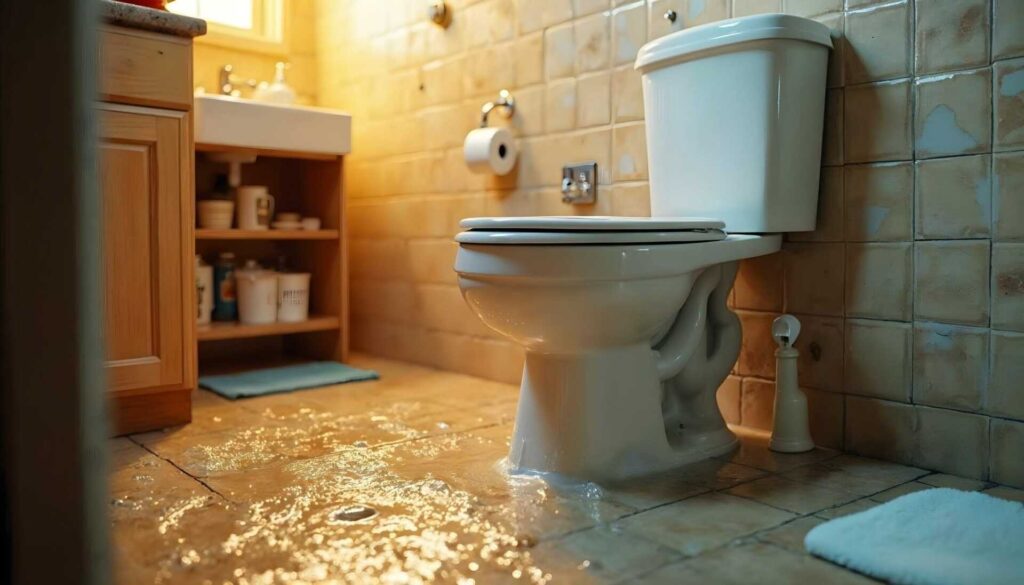
Contents
When faced with a sewage incident, you need to know the best professional sewage cleanup techniques to ensure safety and efficiency. You might think all cleanup methods are the same, but the reality is far more complex. Understanding how to assess contamination levels, implement effective containment, and utilize advanced extraction methods can make a significant difference in the outcome. You’re probably wondering what the most effective disinfection processes are and how to restore the affected area properly. Let’s explore these essential techniques that can help you navigate this challenging situation.
Key Takeaways
- Assess contamination levels through visual inspections, sample testing, and evaluating affected areas to determine the severity of the cleanup required.
- Establish containment barriers and isolation zones using sandbags, fencing, and signage to prevent further exposure during the cleanup process.
- Utilize high-efficiency pumps and wet vacuums to effectively extract contaminated water from the affected area, ensuring proper equipment selection.
- Apply chemical disinfectants like bleach and hydrogen peroxide, allowing adequate contact time to ensure thorough decontamination of surfaces.
- Conduct post-cleanup assessments and restoration measures to ensure the area is safe for re-occupancy and compliant with local building codes.
Assessing the Contamination Level
When dealing with sewage cleanup, the first step is evaluating the contamination level. This involves identifying contamination sources, which can range from broken sewer lines to flooding events. Understanding these sources is vital for a thorough risk assessment, as different types of sewage carry varying levels of pathogens and toxic substances.
To begin your assessment, you’ll need to visually inspect the area for signs of contamination. Look for visible waste, discoloration of surfaces, or unusual odors, all of which can indicate the presence of hazardous materials.
Next, assess the extent of the affected area—larger spillages often result in higher contamination levels. Testing the water and soil samples can provide quantitative data on contamination levels. This step is essential for determining the potential health risks to individuals who may come into contact with the affected area.
Be sure to evaluate the population density nearby; areas with higher foot traffic require more immediate action. Once you’ve gathered your data, compile it into a risk assessment report. This document will guide your cleanup efforts and prioritize areas that pose the greatest risk to health.
Containment and Isolation Methods
After evaluating the contamination level, the next step is to implement effective containment and isolation methods to prevent further spread of sewage and protect surrounding areas. You’ll want to establish containment barriers and isolation zones to minimize exposure risks and ensure a safe working environment.
Containment barriers, such as sandbags, plastic sheeting, or specialized spill containment products, help to contain the sewage within a defined area. These barriers effectively prevent the migration of contaminants into clean zones. Additionally, isolation zones should be established around the affected area. This keeps unauthorized personnel away and reduces the risk of cross-contamination.
Here’s a quick reference table to help you understand the various methods and their applications:
| Method | Purpose | Application |
|---|---|---|
| Containment Barriers | Prevents spread of contaminants | Sandbags, plastic sheeting |
| Isolation Zones | Limits access to hazardous areas | Fencing, signage, tape |
| Personal Protective Equipment (PPE) | Ensures the safety of the cleanup crew | Gloves, masks, suits |
| Air Filtration | Reduces airborne pathogens | HEPA filters, air scrubbers |
Effective Water Extraction Techniques
Effective water extraction techniques are crucial for mitigating the damage caused by sewage contamination. When faced with flooding or leakage, you need to act quickly to minimize the health risks and property damage.
Begin with thorough water removal using high-efficiency pumps designed for sewage situations. These pumps, particularly submersible and diaphragm models, excel in handling contaminated water, ensuring swift and effective extraction.
To maximize pump efficiency, assess the volume and type of water you’re dealing with. A robust pump can remove large volumes of sewage water rapidly, but understanding the specifics—such as the depth of the water and the presence of solids—can guide your equipment choice.
Additionally, verify that your hoses are appropriately sized and free from kinks to maintain peak flow rates.
Incorporate tools like wet vacuums for areas where pumps might struggle, such as corners or tight spaces. These units can effectively extract residual water, leaving surfaces as dry as possible.
Remember, the quicker you can remove the water, the less time contaminants have to settle and spread.
Finally, don’t overlook the importance of safety gear during this process. Protective clothing, gloves, and masks are crucial since you’re dealing with hazardous materials.
Disinfection and Decontamination Processes
Thorough disinfection and decontamination processes are essential following sewage cleanup to eliminate pathogens and prevent health risks. After removing contaminated materials, you’ll need to focus on ensuring that the area is safe for re-occupancy. This involves using appropriate chemical agents that can effectively neutralize bacteria, viruses, and other harmful microorganisms.
During this phase, it’s vital to adhere to strict safety protocols. Proper personal protective equipment (PPE), such as gloves, masks, and goggles, should be worn to safeguard yourself from hazardous substances. Additionally, make sure adequate ventilation in the area to disperse any harmful fumes from chemical agents used.
Here’s a table summarizing key aspects of disinfection:
| Aspect | Details |
|---|---|
| Chemical Agents | Bleach, hydrogen peroxide, quaternary ammonium compounds |
| Application Method | Spraying, soaking, or wiping surfaces |
| Contact Time | Minimum 5-10 minutes for effectiveness |
Final Restoration and Prevention Strategies
Final restoration and prevention strategies play an essential role in ensuring that areas affected by sewage contamination return to a safe, functional state. After completing the cleanup, it’s vital to conduct a thorough post-cleanup assessment. This evaluation helps identify any remaining hazards and confirms that all contaminants have been effectively removed.
You’ll want to pay close attention to water damage, structural integrity, and potential microbial growth. Once the assessment is complete, focus on restorative measures. This may involve repairing or replacing damaged materials, such as drywall, flooring, or insulation, to eliminate any lingering risks.
Ascertain that all repairs adhere to local building codes and standards. Long-term maintenance is equally important. Establish a regular inspection schedule to monitor the area for any signs of moisture or contamination. Keeping an eye on potential sources of sewage backup, like tree roots or aging pipes, can help you prevent future incidents.
Consider installing backflow prevention valves and sump pumps as additional safeguards. Finally, educate your community about proper waste disposal practices to minimize the risks of sewage contamination. Encourage open discussions about preventive measures so everyone feels involved and responsible for maintaining a safe environment.
Summary
In the aftermath of a sewage incident, employing these five professional cleanup techniques is like crafting a shield against the unseen dangers lurking within. By evaluating contamination levels, isolating affected areas, extracting water efficiently, disinfecting thoroughly, and restoring the environment, you safeguard health and rejuvenate the community. Remember, effective sewage cleanup is your frontline defense, transforming chaos into cleanliness and ensuring that the shadows of contamination never darken your doorstep again.
Recent Posts
Mastering Biohazard Sewage Cleanup Techniques
Is it really worth the risk to tackle biohazard sewage cleanup without the right techniques?
Top Leak Detection Services for Homeowners
Is it true that most homeowners underestimate the impact of undetected leaks? You might think
What Are Effective Sewage Cleanup Solutions?
You might not realize that improper sewage cleanup can lead to long-term health risks and

